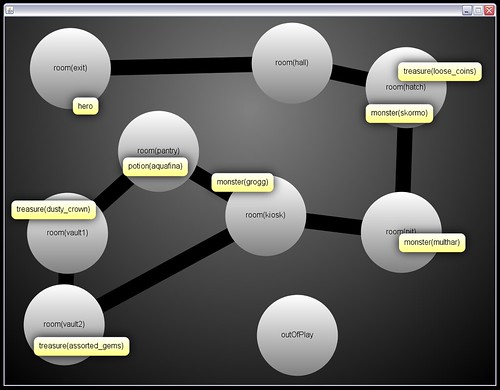Drunken Boat #10 and “Electronic Literature in Performance”
The mammoth 10th anniversary issue of the online journal Drunken Boat is now out. I have a piece “Electronic Literature (in Performance)” in the DB Electronic Arts and Literature folio about the work presented at last year’s Electronic Literature in Europe conference, describing many of the works and including video documentation of many of the performances. Jessica Pressman also has an excellent essay, “Charting the Shifting Seas of Electronic Literature’s Past and Present” close reading e-lit from the Drunken Boat archives and discerning emerging genres, and there is a new hypertext poem, “That Night” by Steve Ersinghaus and James Revillini, among other delights. The other folios in the 10th anniversary issue of Drunken Boat include the Mistranslation project, with contributions from a number of digital poets, a huge collection of materials from Black Mountain College, 100 new poems, conceptual fiction, visual poetics, nonfiction, and a folio on arts in Asia. It is less a journal issue than an entire library of interesting literary production. I look forward to exploring it in more depth.

 He’s a finalist in the Game and Development competition. He is showcasing his game ALTERNEX in Egypt! Follow the
He’s a finalist in the Game and Development competition. He is showcasing his game ALTERNEX in Egypt! Follow the 








